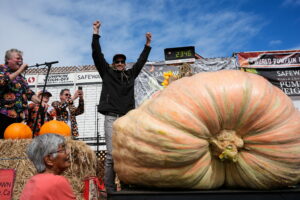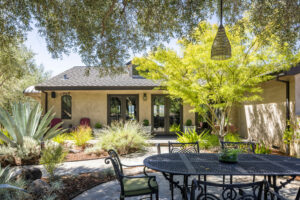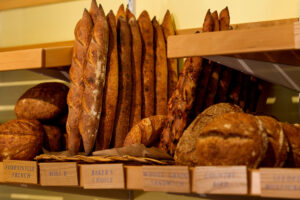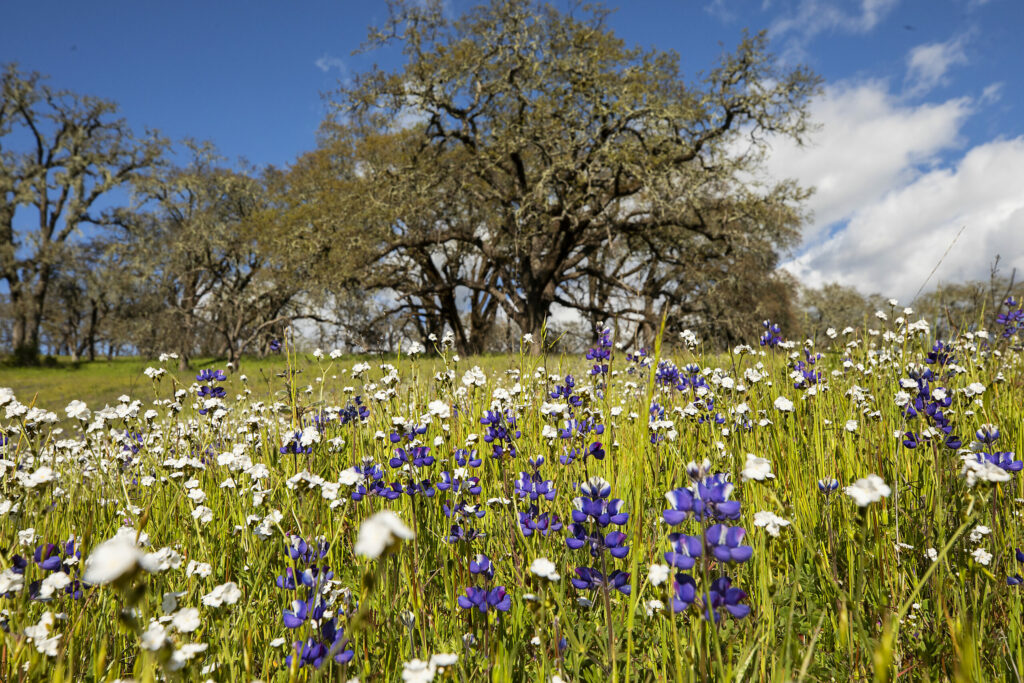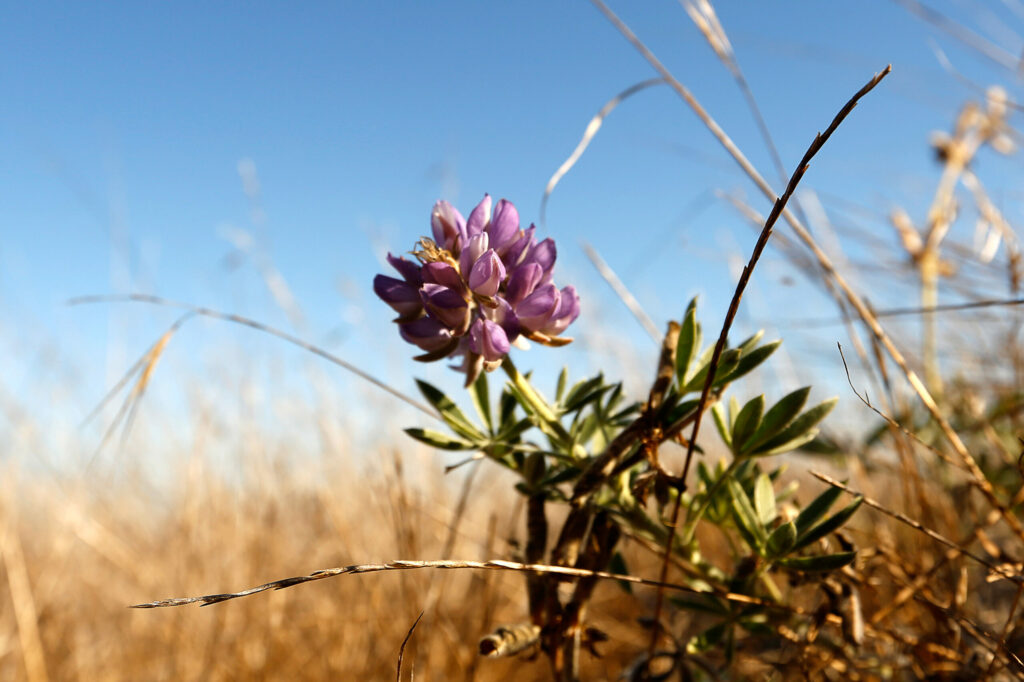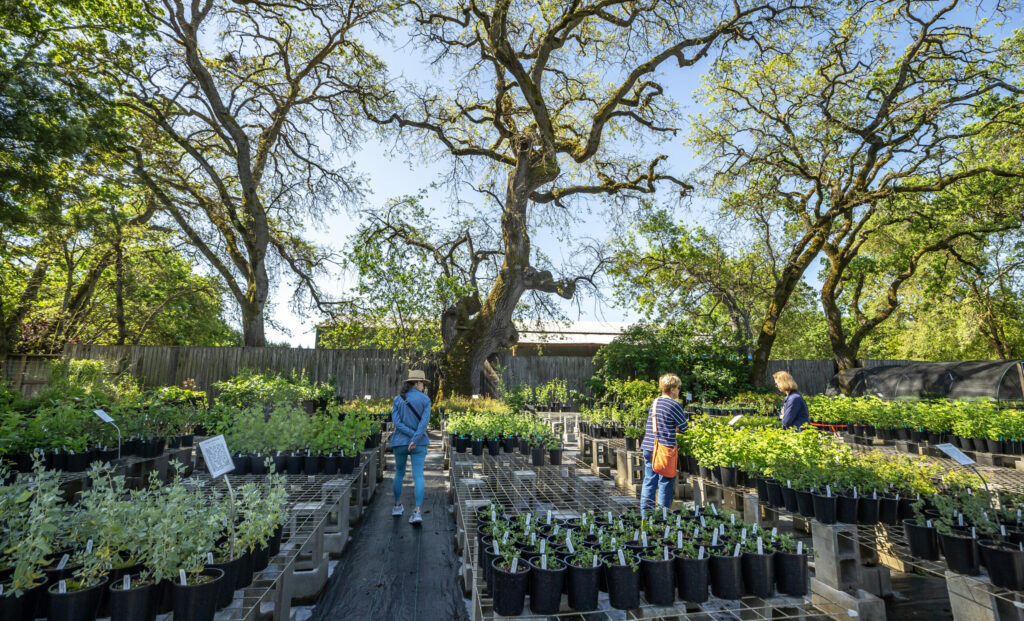From Bodega Head to the Mayacamas, Sonoma is home to 19 lupine species in the wild. And the state of California has more than 70 natives, flowering in a rainbow of colors. Which one you envision when you close your eyes — blue or yellow, perennial or annual — probably depends on where you live, where you look and what’s in your yard, says Josh Williams, native plant expert and owner of California Flora Nursery in Fulton.
In any case, we needn’t rely on imagination alone: the annual lupine bloom is imminent.
Sky lupines, which grow throughout Sonoma County, are an annual species, meaning they live their life in a single season, then reseed. They’re a compact, low-growing plant with distinctive leaves like outstretched fingers and, beginning in late March, striking blue-to-purple flowers. “It’s the classic one that everyone takes pictures of, carpeting grasslands in spring,” Williams says.
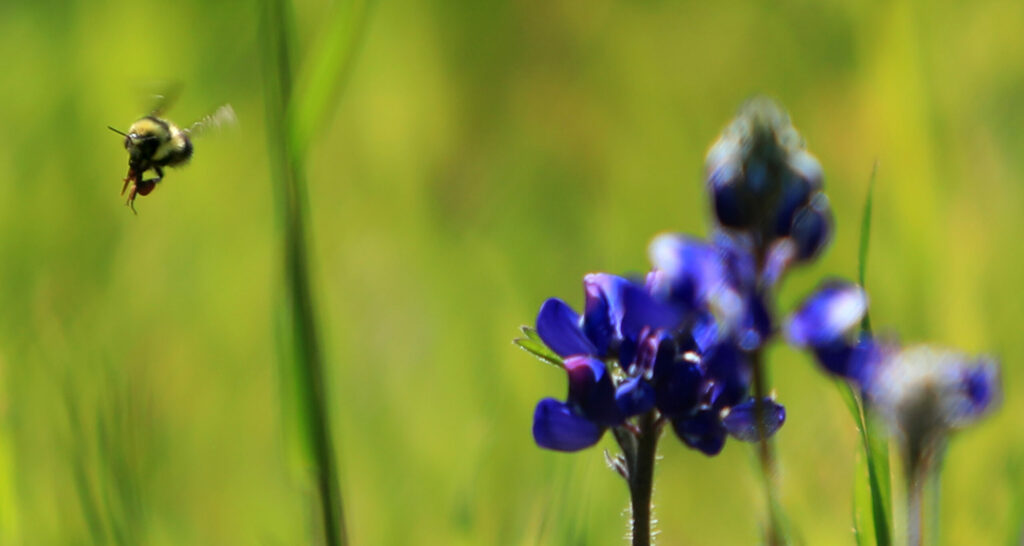
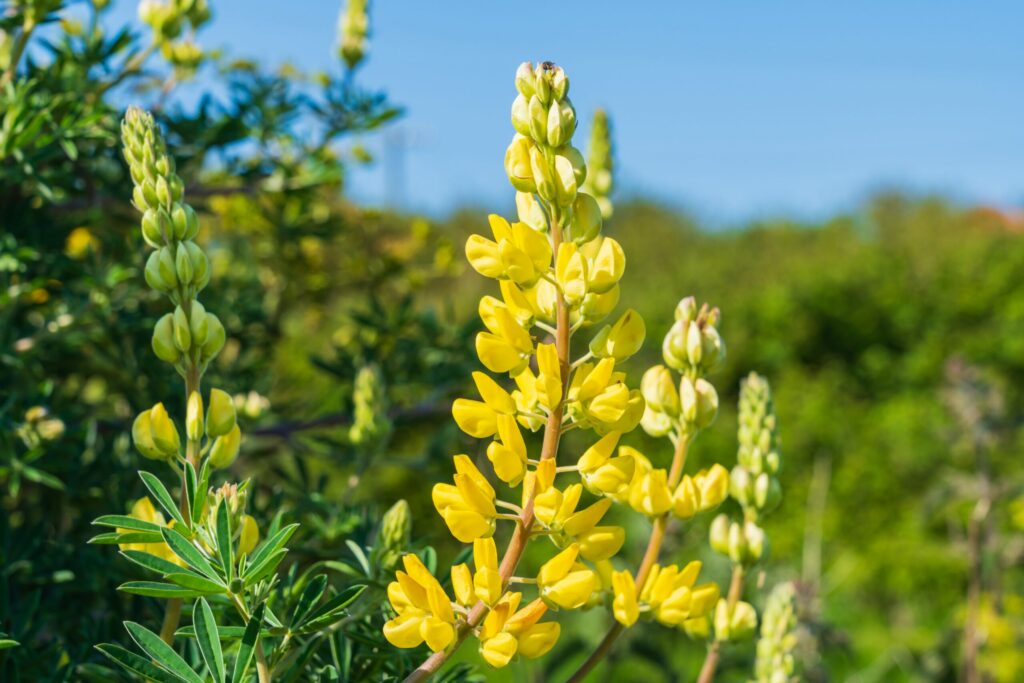
Coastal bush lupine, a vigorous perennial with yellow flowers and a woody base, grows several feet tall. It’s the largest of the local lupine species, Williams explains, and it’s found in sandy coastal areas that don’t get too cold in winter. It blooms a little later than some other types of lupines, but the blooms last longer. Sonoma is at the northern edge of its native range.
Silver bush lupine has a shrublike structure and silvery, hairy leaves, with beautiful blue flowers that appear above the foliage. In the wild, it prefers drier, hotter, rockier sites. It’s probably Cal Flora’s best-selling lupine, Williams says — though in home gardens, it needs well-drained soils and can do poorly if overwatered.
The tall, dense flower spikes of bigleaf lupine are a coveted landscaping plant around the world. Preferring moist wetland and riparian areas, it’s rare and somewhat confined here in Sonoma County, but considered invasive in parts of Europe and the eastern U.S.
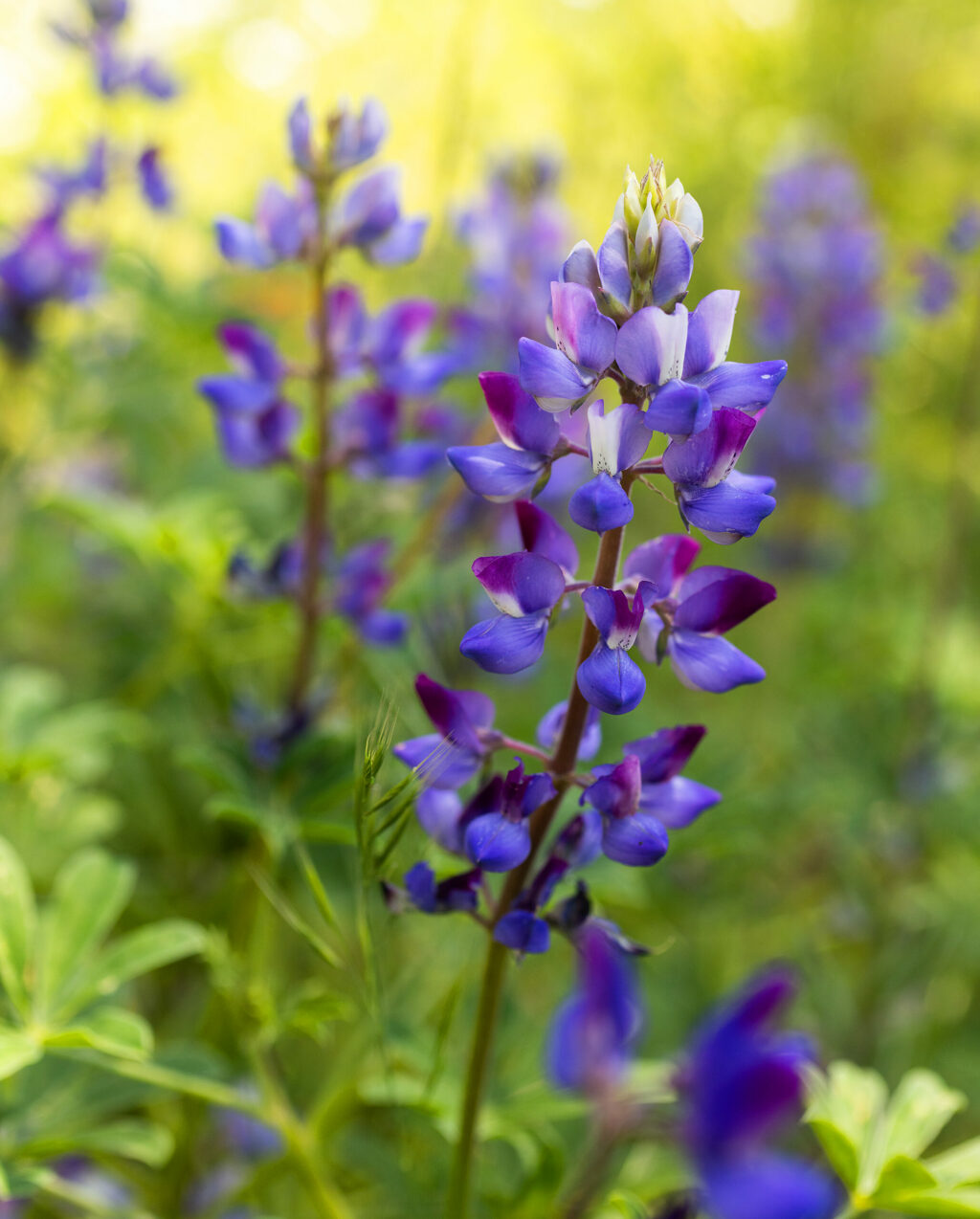
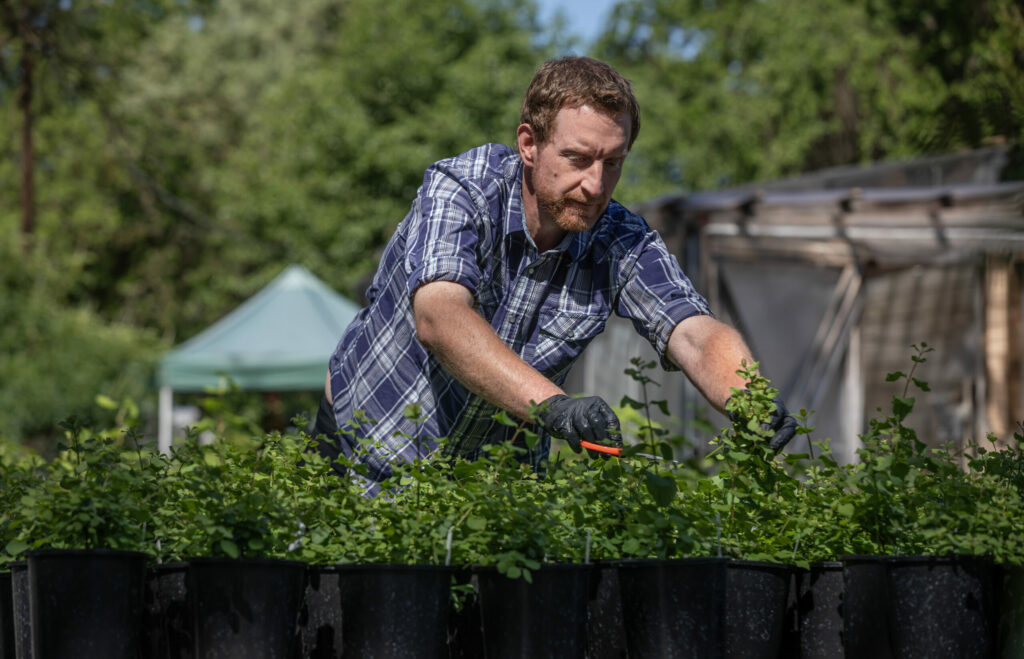
Williams likes to highlight one more Sonoma native, the rare Cobb Mountain lupine, with large, felted leaves and chunky lavender-blue flowers. “It sits fairly low to the ground, but its big flowers and foliage make it really striking. Not a lot of people know about it, but when they see it in the nursery, they tend to love it,” he says.
That sentiment, in fact, captures the magic of all of our spring lupines, no matter the form or locale: To see them in bloom is to love them.
Four common species of lupines — and where to see them
Sky lupine (Lupinus nanus): Along west-facing grassland trails, including the Cobblestone Trail in Trione-Annadel State Park.
Coastal bush lupine (Lupinus arboreus): On coast bluffs in Fort Ross State Historic Park and at Bodega Head in Sonoma Coast State Park.
Silver bush lupine (Lupinus albifrons): Try the Lawson Trail in Hood Mountain Regional Park and near the top of the Bald Mountain trail in Sugarloaf Ridge State Park.
Seashore lupine (Lupinus littoralis) Along the Salt Point Trail in Salt Point State Park.
Find lupine plants for the home garden at California Flora Nursery, 2990 Somers St., Fulton. 707-528-8813, calfloranursery.com



